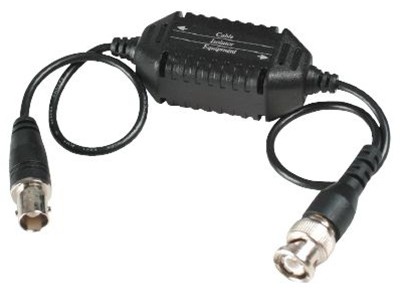
As new technology appears and its availability increases, so does the different types of cabling. However, there are ways of simplifying and “future-proofing” your cabling layout and surveillance architecture to prepare for these new technologies. With the Introduction of HD-CVI (High Definition Composite Video Interface) Baluns, it is now possible to run any and all of our systems off of CAT6. To put it bluntly, this will allow you to use Analog through traditional Baluns, IP without any Baluns, and HD-CVI over HDCVI Baluns. In doing so, you will set yourself up for any system or combination of camera types on our Tribrid DVRs. By utilizing this unique architecture, you future proof yourself for whatever system advantages each type of camera may provide.
So, what is a balun, and what does it do? A Balun essential keeps the signal from breaking down over distance and in essence is a specific type of transformer that will change electrical signals that act as a differential. These signals can be balanced or unbalanced and that is essentially where the name comes from. The end result is the ability to change different cabling types without losing or having the video degrade too quickly. In the case of analog it actually extends the distance you can run your cameras.
But this leads us to the next few questions: what are the different types of Baluns? Which type works with which system? Rest assured with our wide variety of Baluns in inventory we will find the one that’s right for you!
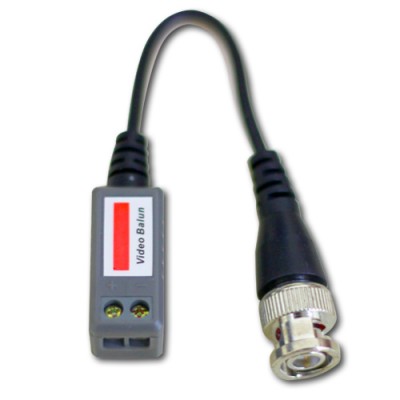
Balun-P
Balun-Ps are our first stop in the many Baluns we carry in our inventory. It is a 1 CH Passive Video Balun. The Balun-P allow you transmit the video data using just one pair of wires from the CAT5/CAT6 Ethernet cable. This is best recommended for analog cameras, as we will talk later about our special Baluns for our HDCVI cameras.
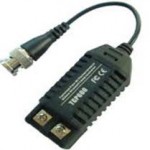
VGLI-Balun
Similar to the Balun-P is our VGLI-Balun which adds ground loop isolation preventing more interference from nearby power sources or other cable that may be running near the line. If you are having noise on the video from your traditional Balun-P this will usually fix a lot of the issues caused by electrical interference.
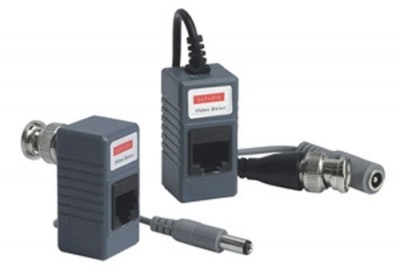
Balun-V
Traditional analog cameras can also utilize our Balun-V which passively transmits video and power through a CAT5 or CAT6 line allowing you to utilize traditional analog cameras with 1 single line. Simply connect the Baluns at the end of each CAT6 line and you are ready to make your traditional analog connections at the camera and DVR/Power supply.
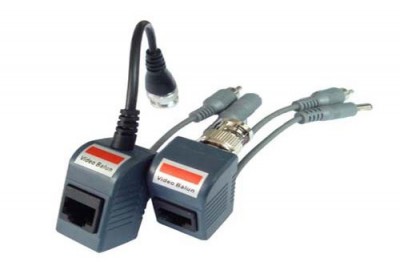
Balun-AV
Our Balun-AV allows you to integrate audio into the same cat5/cat6 line that you would utilize the Balun-V for. This offers a minor advantage over the Balun-V’s for analog cameras with a built in microphone. These Baluns are an effective solution to cable management for your cameras by minimizing the amount of cabling you would have to run under normal circumstances.
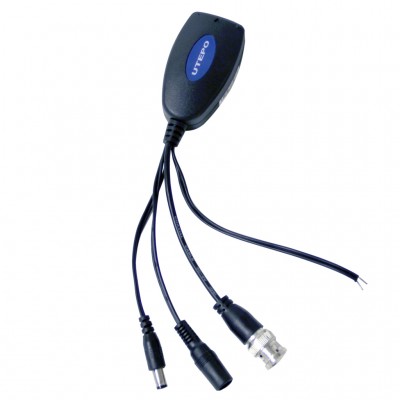
Balun-PTZ
Another solution for analog systems is this Balun-PTZ designed specifically for PTZ (Pan Tilt Zoom) cameras, allowing you to run the PTZ controller through the cat5/cat6 in addition to the power and video. This is just another way to simplify your infrastructure and to keep cable management to a simple matter of one line for the cable run.
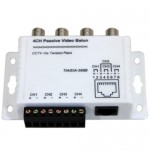
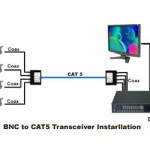
Next up is our 4ch passive Balun solution for analog cameras. Allowing 4 cameras to be sent over 1 cat5/cat6 line and transmit the information up to 1200 feet. This is an advantage over traditional analog camera systems which tends to have serious degradation issues over 600 ft. By transmitting 4 cameras over 1 single cat5/cat6 lines, you can greatly simplify the amount of cable necessary to complete a camera run. However, this should also be a caution, because if you ever switch to an alternative system such as IP you will need that full line for one camera.
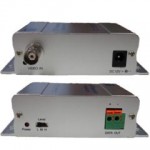
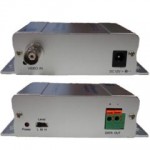
Last in our analog line we have our active Balun solutions for analog cameras. Active Baluns allow for further transmission of video for analog cameras but require both a special receiver and transmitter that differ in nature from one another in order to push the data for the full 1500 meters! (Approximately 5000ft.) This makes it optimal for some of the longest runs offered by our systems!
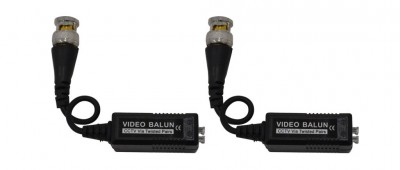
Balun-CVI
So up until now we have only discussed traditional Baluns for analog. However, as HD-CVI continues to grow, we can now proudly say there is a Balun for that. With our Balun-CVI you can now have what essentially amounts to a passive video Balun (or Balun-P) for your HD-CVI cameras. It is important to note that the max length for these Balun runs is 900ft at 720p resolution and 600ft at 1080p resolution.
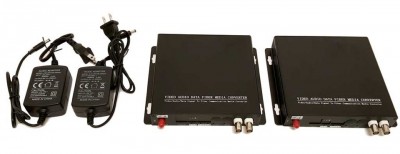
This last set of active Baluns is different from the above in that it utilizes fiber optic as the main line rather than cat5 or cat6. While this doesn’t necessarily coincide with the network simplicity mentioned above, it is worth mentioning for one particular reason. It allows the transmission of 2 1080p cameras up to 1804 feet! And this is an incredible achievement pushing distances beyond most traditional systems.

The remaining system we offer and yet we have not mentioned in this article is the traditional IP camera system. This is because it needs no Baluns and is run using the cat5/cat6 cable.
So we come to our conclusion, with all the new technology that’s come out over the last several years it is my recommendation that you consider cat5/cat6 as your primary cable type during your initial install. If you find yourself wanting to upgrade but not able to afford the full system jump, it is worth considering doing the cable first and giving yourself the option to utilize the versatility allowed by our many Balun options. From here it is a simple matter of upgrading your DVR/NVR and cameras over time.
